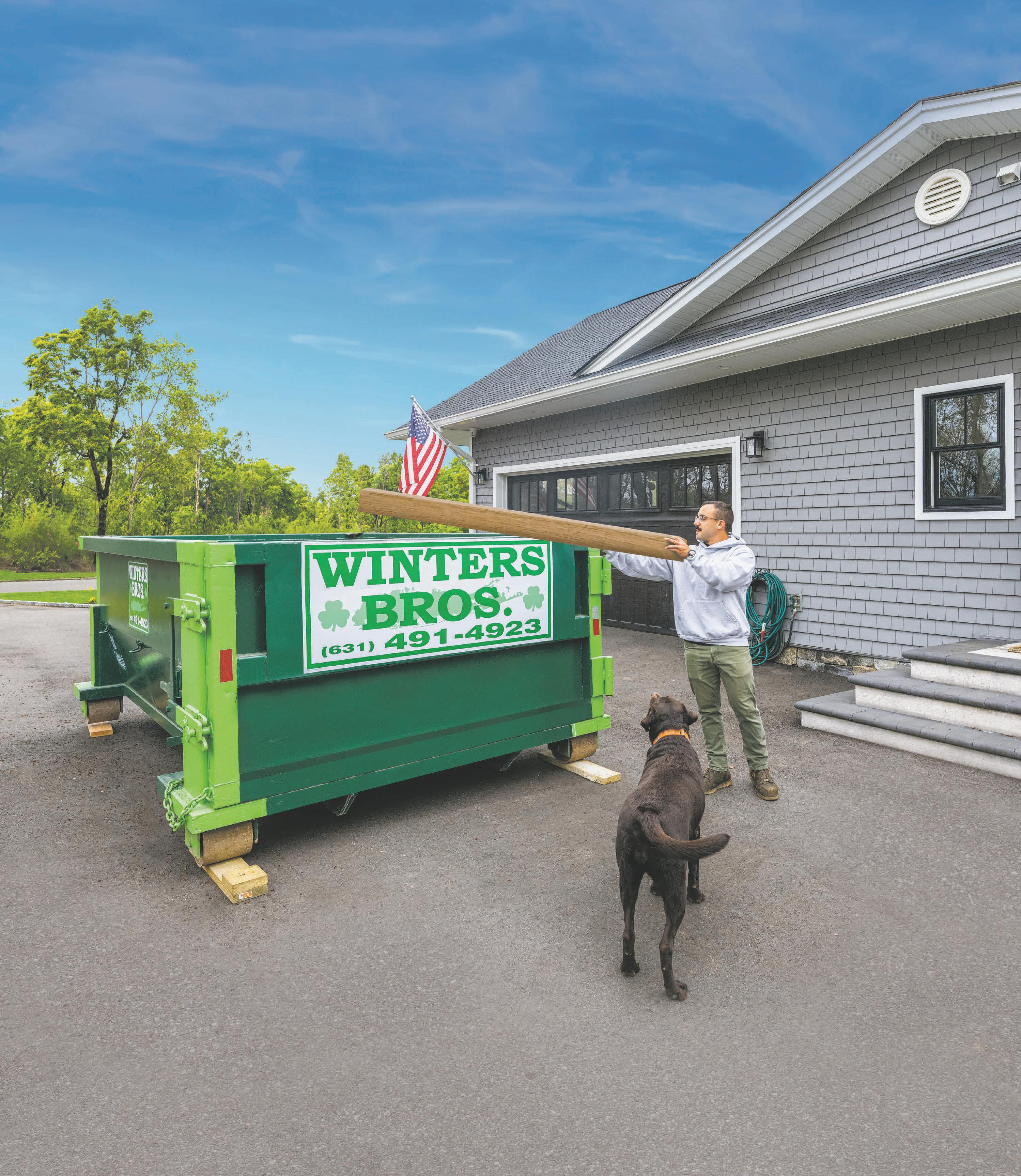




































































































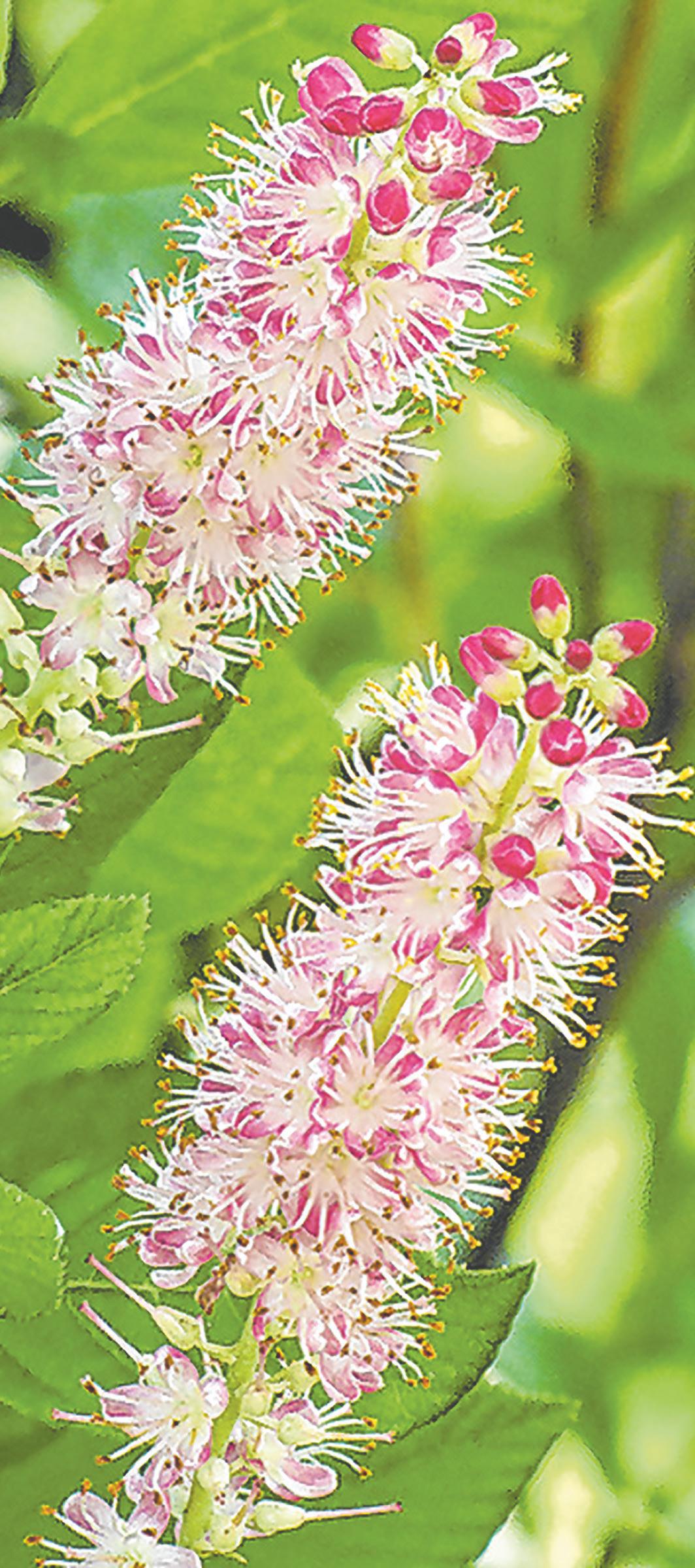
 BY KAREN MUSGRAVE specialsections@antonmediagroup.com
BY KAREN MUSGRAVE specialsections@antonmediagroup.com
Have you ever wondered why many of the plants along parkways, beaches and forests look happy and healthy? With no watering program other than natural rainfall, no pruning schedule, no insecticides, or fertilizers, why do so many plants in nature still look so good? It’s because they’re native.
Simply speaking, a native plant is one that has occurred naturally in a specific area without help from people. It has genetically adapted itself to survive and thrive in the conditions of that specific climate. Although there are many more complicated explanations of what is considered “native”, we’re going to focus on plants that are native to the Northeast region.


When choosing native plants for your garden, start by determining your specific area’s conditions. Do you have mostly sun or shade? Do you want a plant that flowers? Grows tall? Put some thought into what you like, it will make the process less stressful. After considering your conditions and needs, choose plants that speak to you and form a cohesive look with the rest of your garden. Be practical, there is no need to rip out your existing non-native plants unless they are sickly.
Choosing native plants for your garden means you will use less water, fertilizer, and chemical controls to keep it thriving, which is good for everyone, including wildlife. Trees and shrubs provide shelter from harsh weather and safety from predators. Flowers offer nectar as food and leaves offer space and materials for nesting.
Whether you are creating a new garden or updating an existing one, consider adding native plants. They are an important part of our local ecosystem, supporting pollinators, helping us to conserve water and reducing our dependence on chemical controls. Native plants are often just as
beautiful as non-native options but offer our environment so much more. Ready to create your own native garden? Here are some of my favorite natives for Long Island:
Butterfly Weed (Asclepias tuberosa)
As the name suggests, this plant is a favorite of butterflies. It is deer resistant and prefers dry soil. July through August the plant produces brilliant orange flowers on stems up to 24 inches tall.
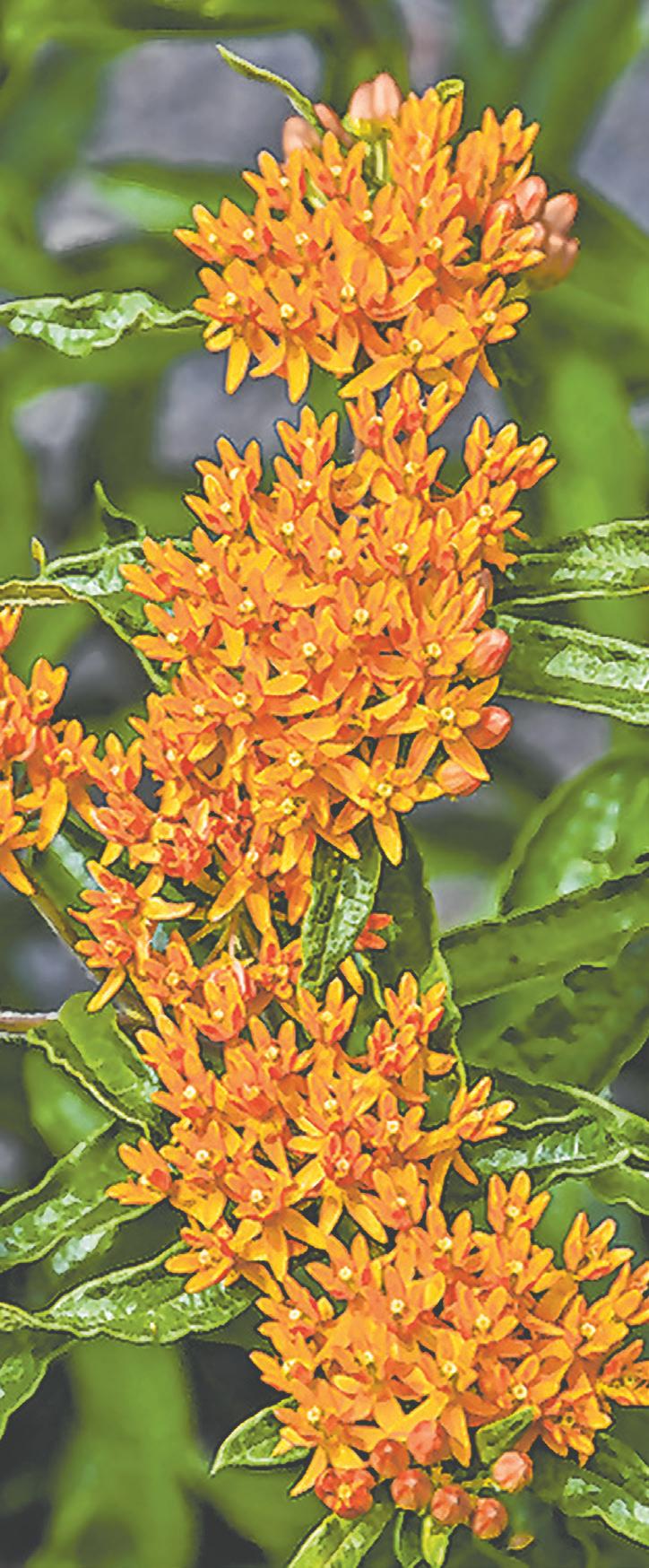
Summer Sweet Clethra (Clethra alnifolia)
Fragrant flowers bloom in July and August. The compact habit makes it a good choice for smaller gardens where it attracts birds, bees and butterflies. The leaves turn a beautiful amber-gold in fall.
Highbush Blueberries bloom MayJune with beautiful white flowers that produce a delicious nectar for pollinators. Edible fruit, prized by birds, forms in July and August. The stunning fall color appears in shades of orange and red in late September.
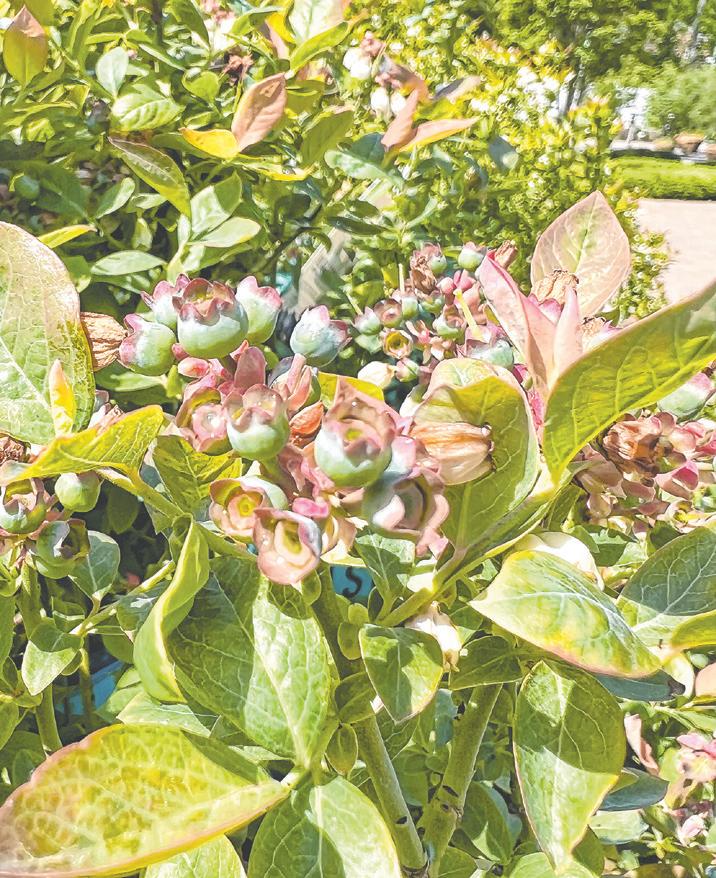
Purple Coneflower (Echinacea purpurea)
Purple coneflower is a gorgeous summer flowering plant. With bright blooms from June through August, it is an eye-catching option for border gardens and near patios and pools. The nectar is a favorite of bees and birds.
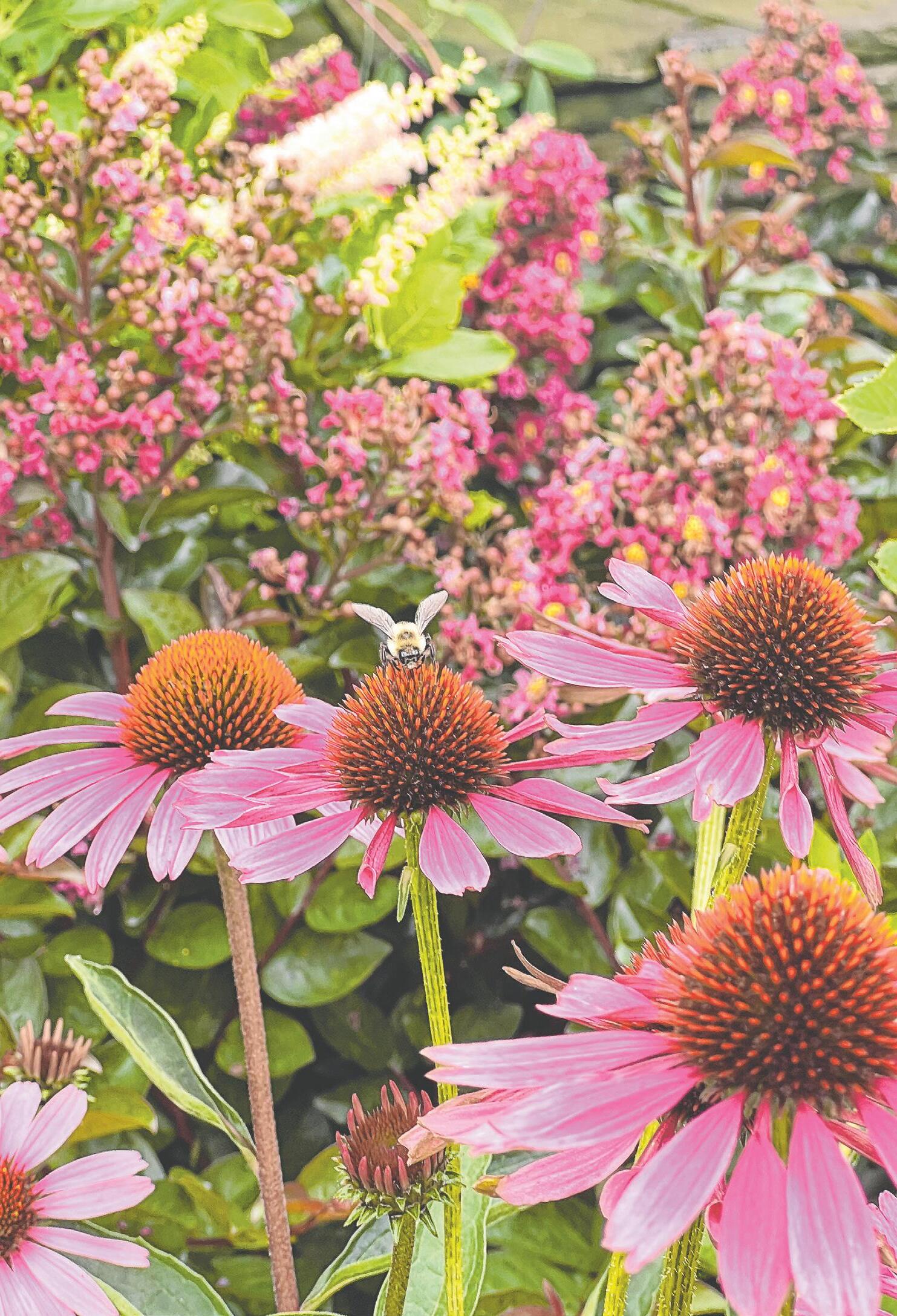
Tickseed (Coreopsis verticillata)
This bright and happy plant features small daisy-like flowers from June through September. It is a nearly indestructible plant that can easily handle poor soil, drought and heat. Butterflies and other pollinators are attracted to its vibrant color and sweet nectar.
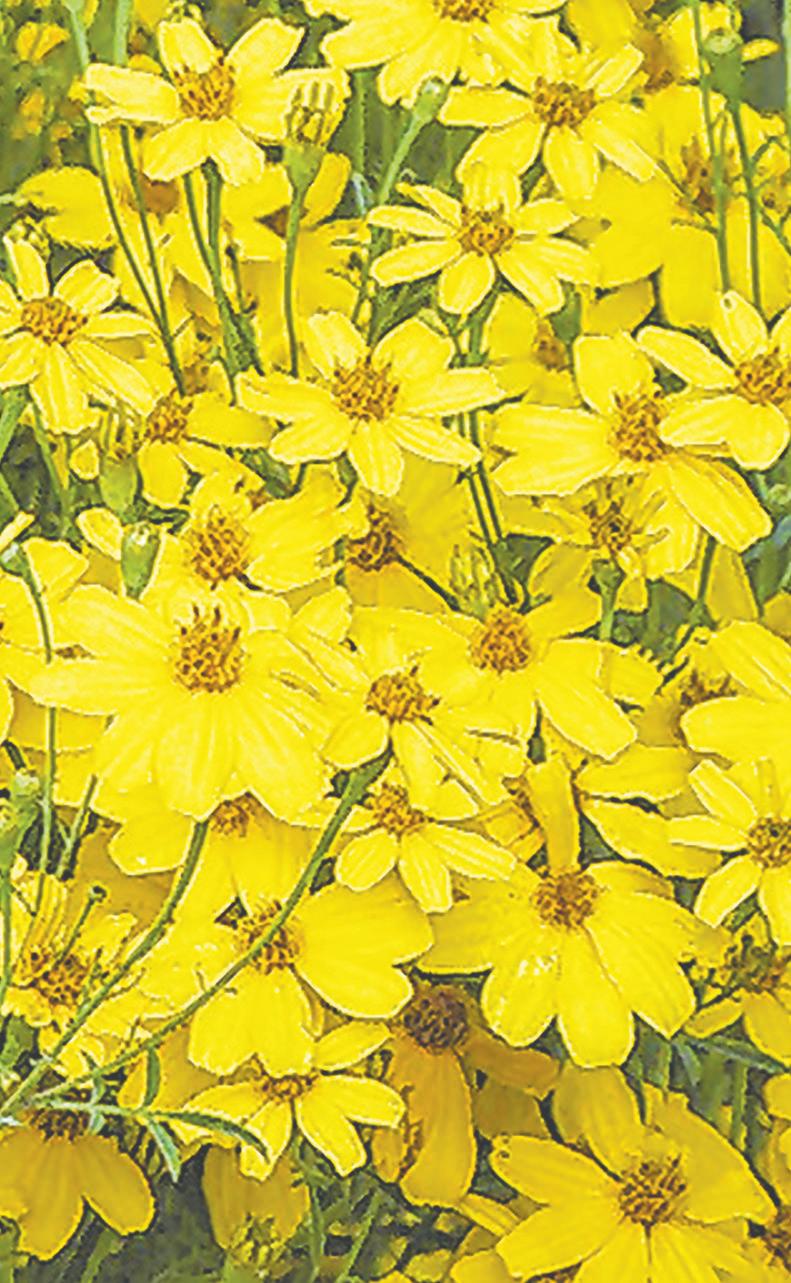
 BY ANTON MEDIA STAFF specialsections@antonmediagroup.com
BY ANTON MEDIA STAFF specialsections@antonmediagroup.com

As the vibrant colors of summer begin to fade and the air turns crisp and cool, gardeners around the world shift their focus to preparing their gardens for the coming spring. Fall is a crucial time for garden preparation, as the steps taken during this season can greatly influence the success and vibrancy of the garden once spring arrives. Properly tending to the soil, clearing out debris, and planning for next year’s plantings are essential tasks that can transform a garden into a thriving oasis once the snow melts away.
One of the primary tasks during fall garden preparation is soil care. Over the growing season, soil can become compacted and depleted of nutrients. To counter this, gardeners turn to techniques like mulching and adding compost. Mulching not only helps to insulate the soil during the winter months, protecting it from extreme temperature fluctuations, but it also prevents weed growth and erosion. Adding a layer of compost enriches the soil with organic matter, improving its structure and providing essential nutrients that will be readily available to plants in the spring.
Clearing out debris is another crucial step in fall garden preparation. As plants wither and die, they leave behind remnants that can harbor pests and diseases. By removing dead plant material, gardeners reduce the risk of






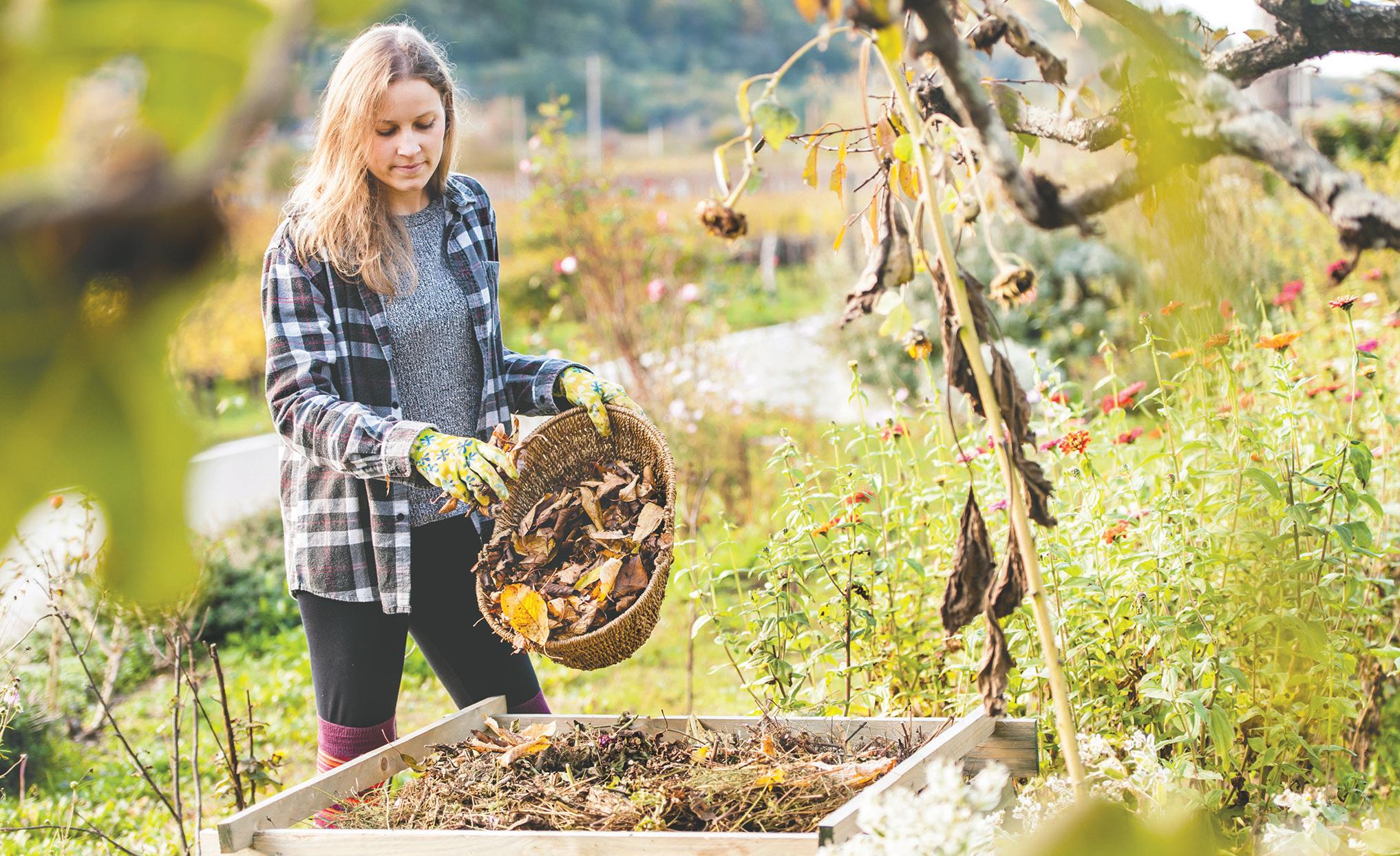
disease and create a clean canvas for the next growing season. Additionally, fallen leaves should be gathered and composted, or used as a protective layer for overwintering plants. Fallen leaves break down over time, adding valuable nutrients back into the soil.
Planning for springtime planting is an exciting aspect of fall garden preparation. This is the time to reflect on the successes and challenges of the current year’s garden and envision the possibilities for the next. Gardeners assess which plants thrived and which struggled, allowing them to make



informed decisions about crop rotation and plant placement. Drawing up a garden plan or layout for the next year can help ensure that plants are positioned optimally for sunlight, wind protection, and visual aesthetics.
Fall is also an excellent time to plant certain varieties that thrive in cooler weather. Bulbs such as tulips, daffodils, and crocuses can be planted in the fall, lying dormant throughout the winter months before bursting into vibrant bloom come spring. Certain vegetables like garlic and onions can also be planted in the fall, taking advantage of the
milder temperatures to establish strong root systems that will lead to robust growth in the spring.
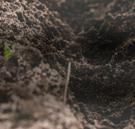

Protecting sensitive plants from harsh winter conditions is a critical part of fall garden preparation. This might involve wrapping shrubs with burlap, creating windbreaks, or applying a layer of mulch around the base of plants to insulate their roots.
Fall garden preparation sets the stage for a bountiful and vibrant springtime garden. By tending to the soil, clearing debris, and planning thoughtfully for the next growing season, gardeners ensure that their outdoor spaces will burst forth with life and color as the warmer days return. This transition from the colors of autumn to the promise of spring is a testament to the cyclical nature of nature itself—a reminder that with proper care and attention, the beauty of the garden will always come full circle.
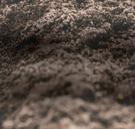
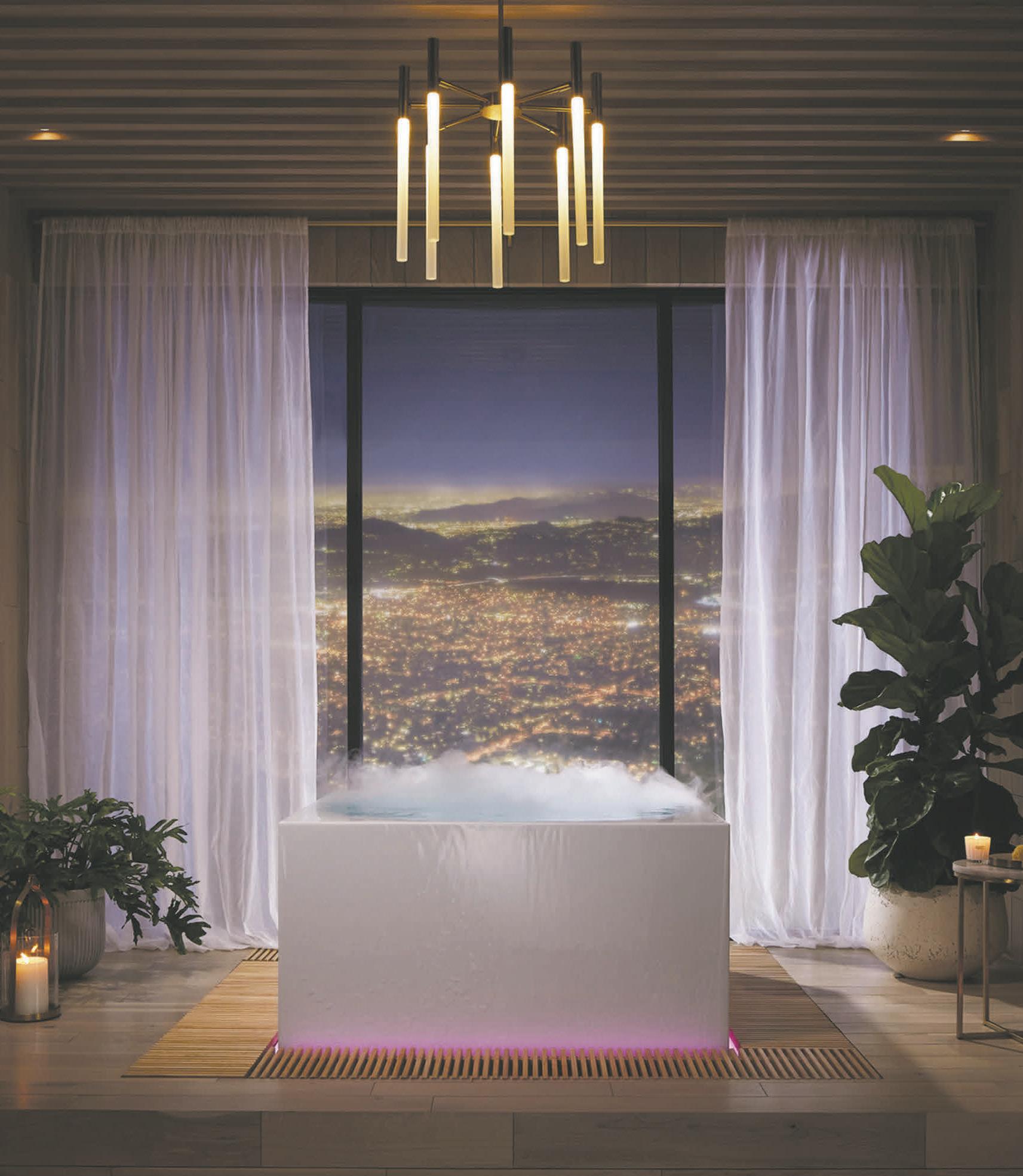

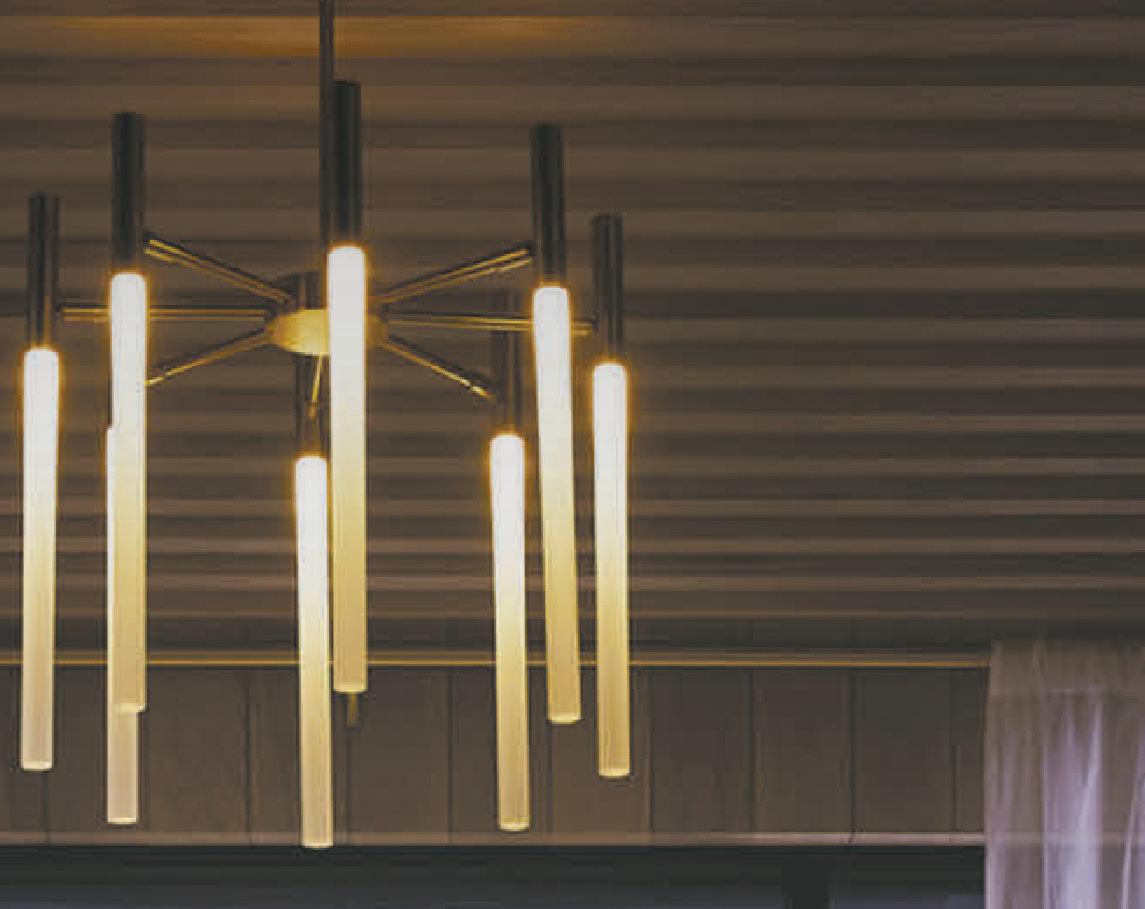
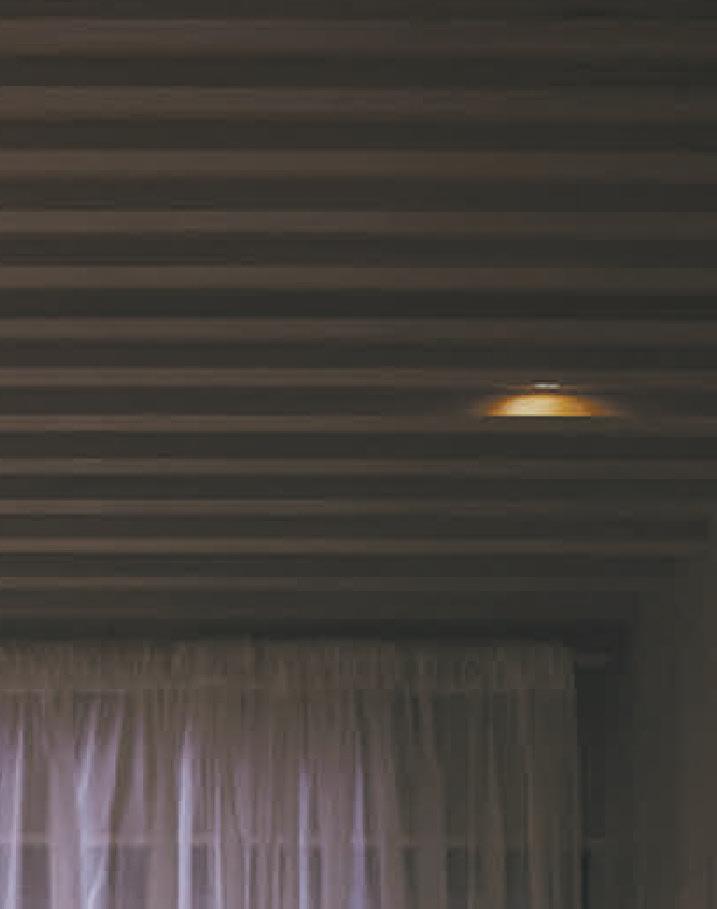
 BY AMANDA OLSEN aolsen@antonmediagroup.com
BY AMANDA OLSEN aolsen@antonmediagroup.com


Bathroom and kitchen refreshes are often the improvements that give a homeowner the most return on their investment. Kohler has a number of modern upgrades that can enhance the


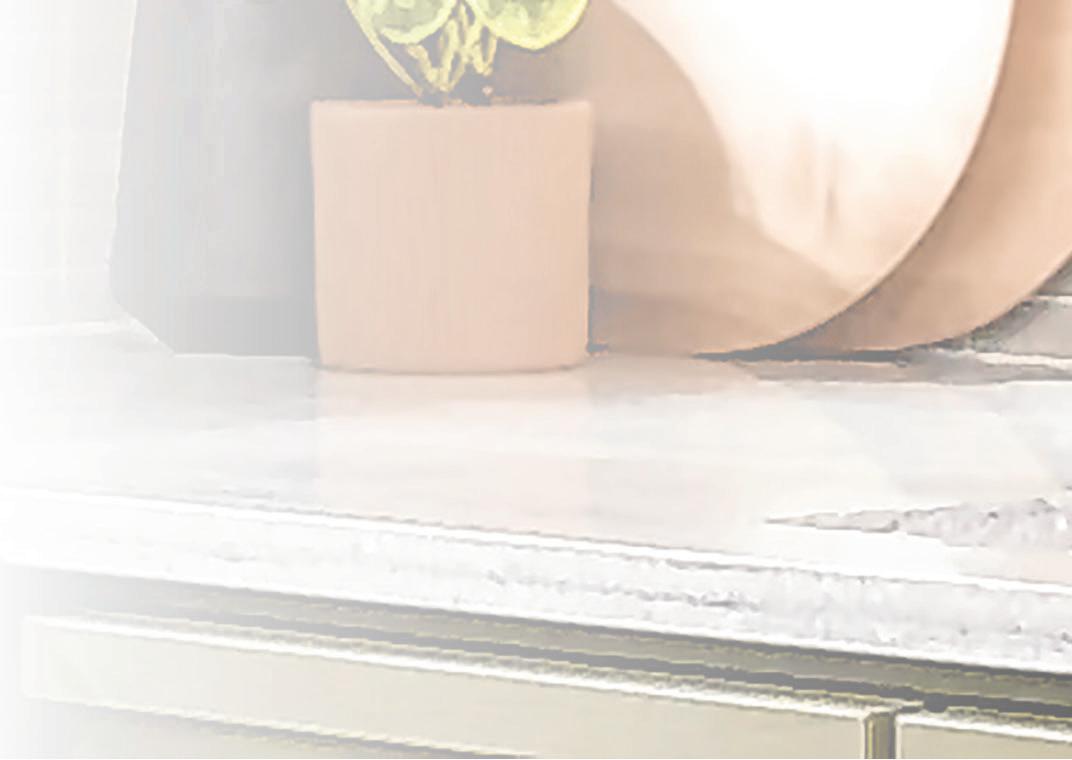
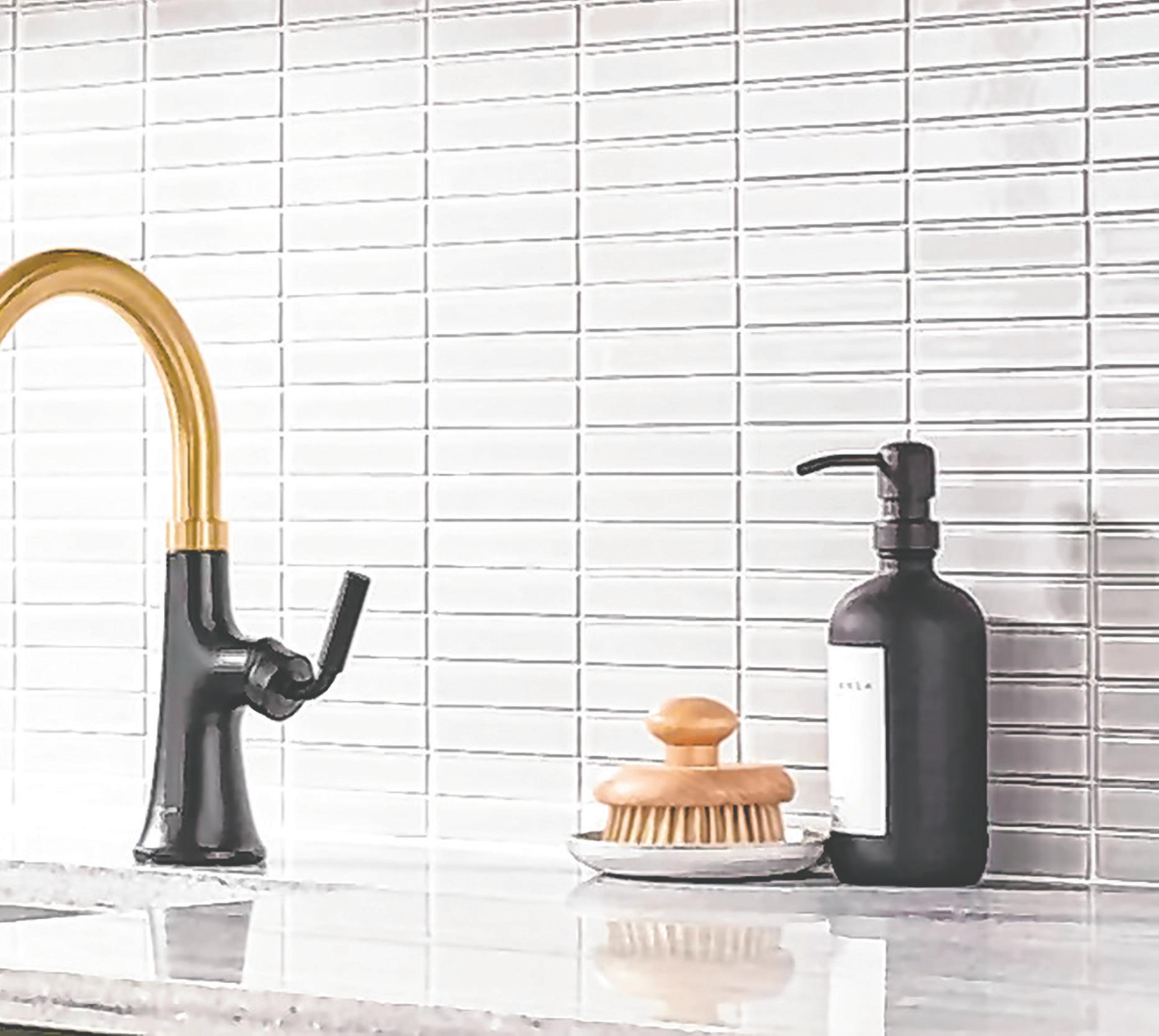
value of a space, giving it a new, modern look.
Janine Gruen, showroom manager of the Kohler Signature Store by General Plumbing Supply in Manhasset, had a few
recommendations.
BATHROOM :
The valves and fixtures of the Anthem/ Statement shower system has almost endless combinations, allowing for a truly


customized shower experience.
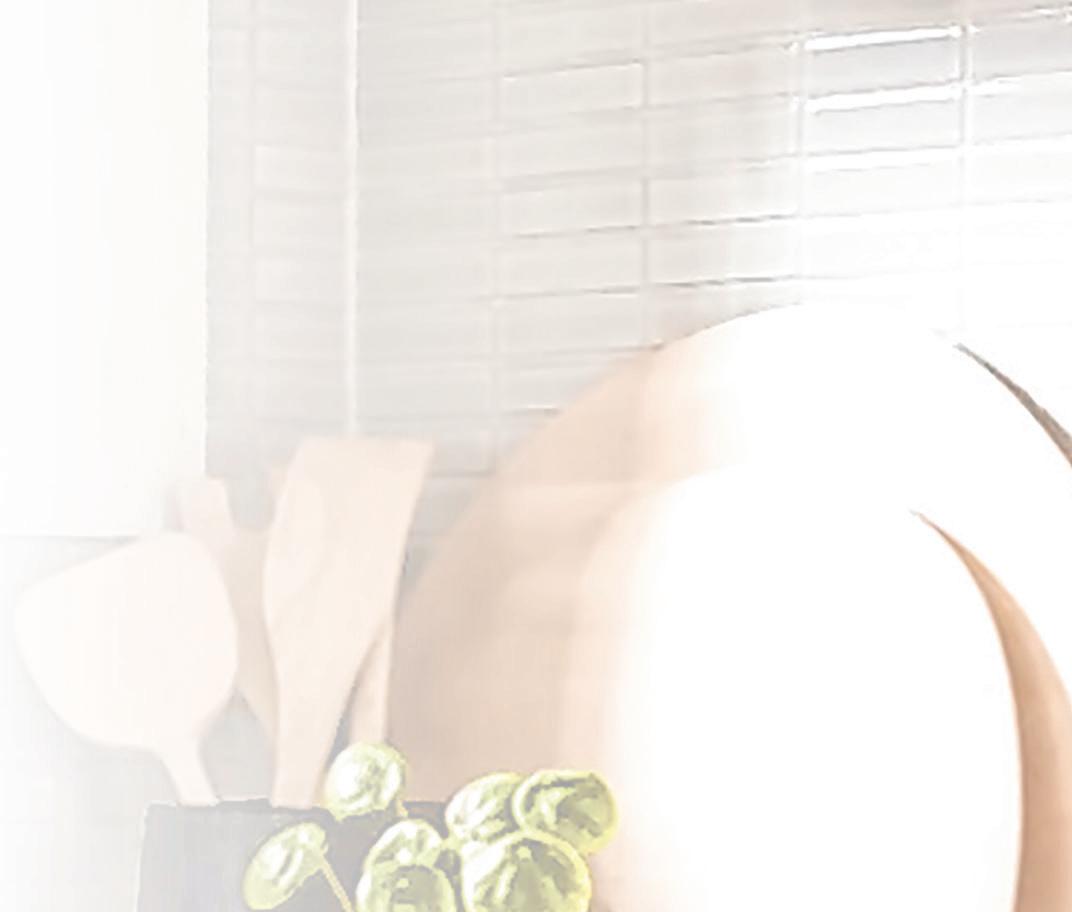
“The newest shower system that we are offering is the Anthem/Statement shower system. It looks really nice, sleek and modern. It really makes a nice upgrade
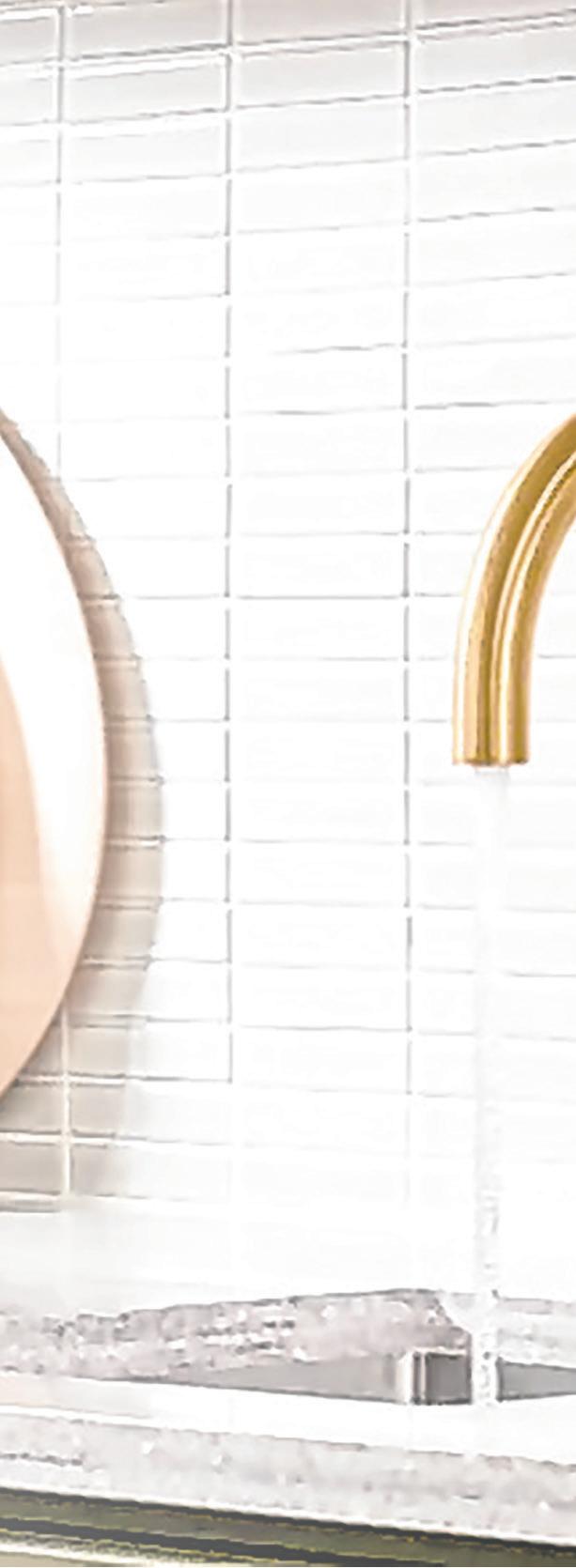
The Anthem/ Statement system creates a customizable shower experience.


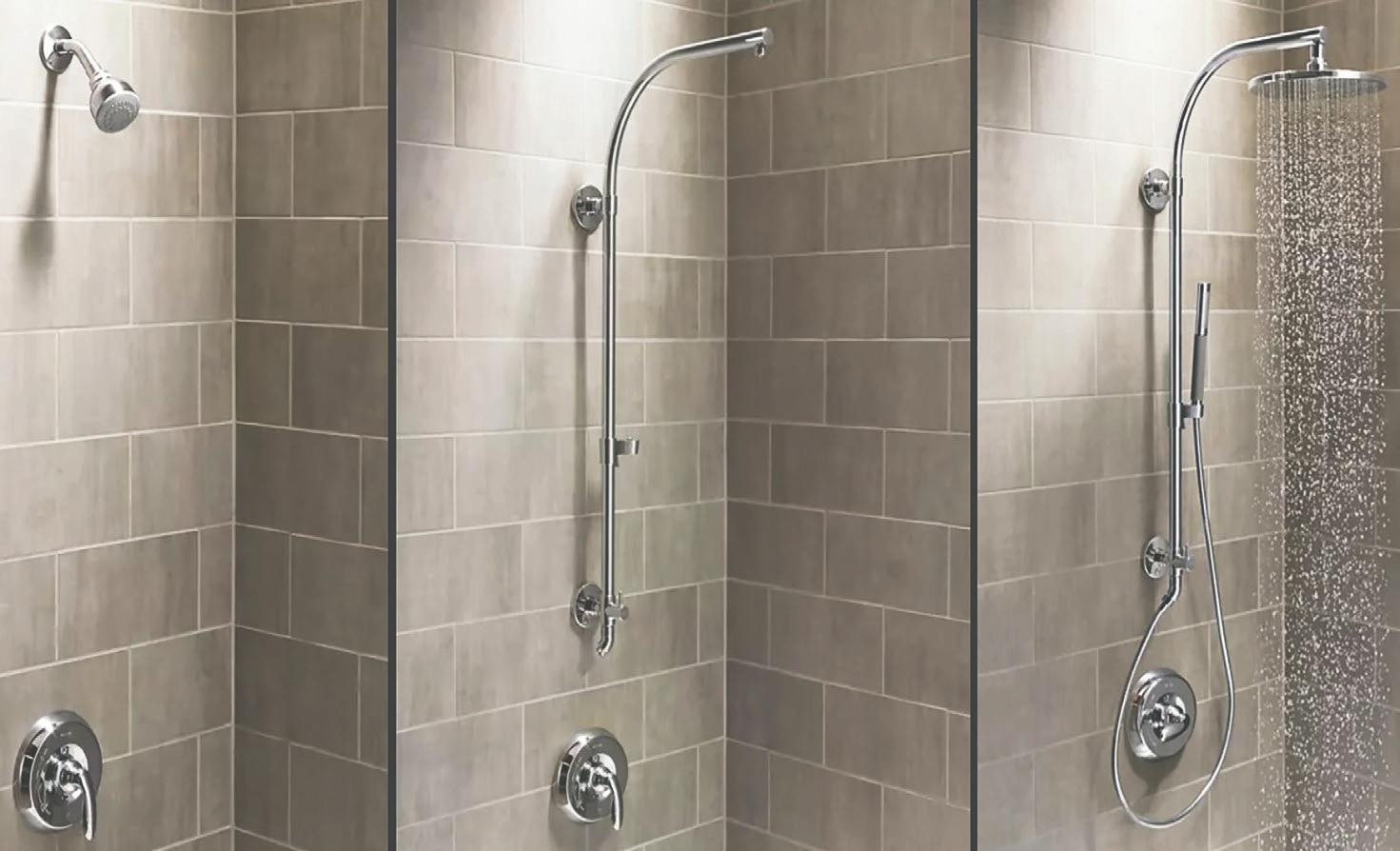
to any bathroom space. And you can do four ports. So if somebody wants to add a rainhead or a showerhead and a handheld body piece, they can. It really does make a nice impression in the shower,” Gruen said.

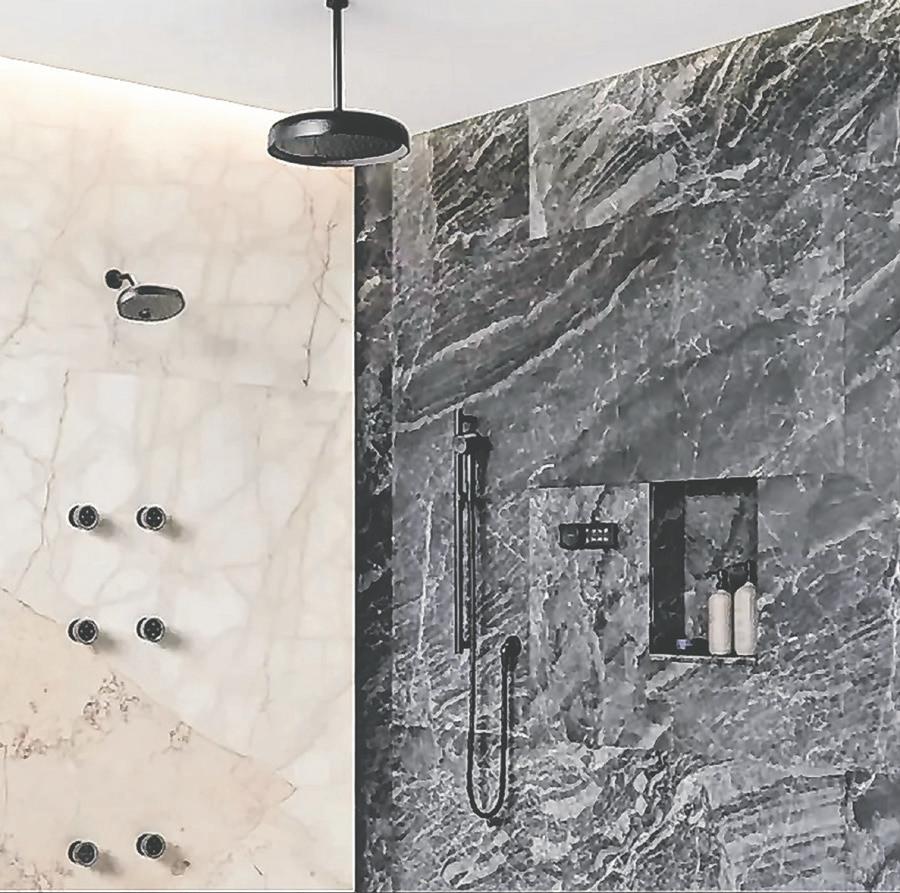
For those who want an update without opening walls, there is the HydroRail. HydroRail shower columns transform the shower without having to reroute plumbing or change out the valve because the column mounts to existing plumbing. Instead, simply remove the old showerarm and replace it with the HydroRail shower column.
“If they just want to refresh and not have to break any tile in the shower, they could do something that’s called the





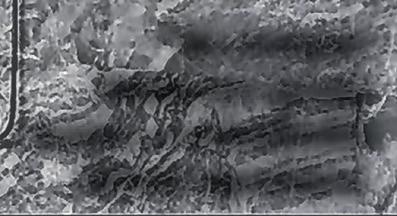
hydrorail. A plumber could put that in without having to break any tile and that would be a nice new improvement as well. It’s like a long pipe that sprays from outside the wall and would typically have a showerhead and a handheld,” Gruen said.






KITCHEN:
With a focus on small improvements that have a big impact, fixtures are a good place to start, especially if countertops are not being replaced. Changing outdated faucets can give a nice focal point to the sink and improve functionality. Beverage faucets eliminate the need for bulky filters and pitchers.
“(A homeowner) could add a touchless faucet, which costs a little bit more
than the regular faucet but not much. Touchless faucets are great, especially for someone who is doing a lot of cooking. A lot of people are adding beverage faucets with filters attached,” said Gruen. If counters are changing, it is worth considering a mounted soap dispenser for a clean look. Gruen said, “they could add soap dispensers that go right into the counter, which look nice. But of course, the countertop would have to have the holes in place for that.”
For a more complete, cohesive look that can add utility and beauty to the room, replacing the entire sink is an option. Gruen stated that farmhouse sinks are really popular now.
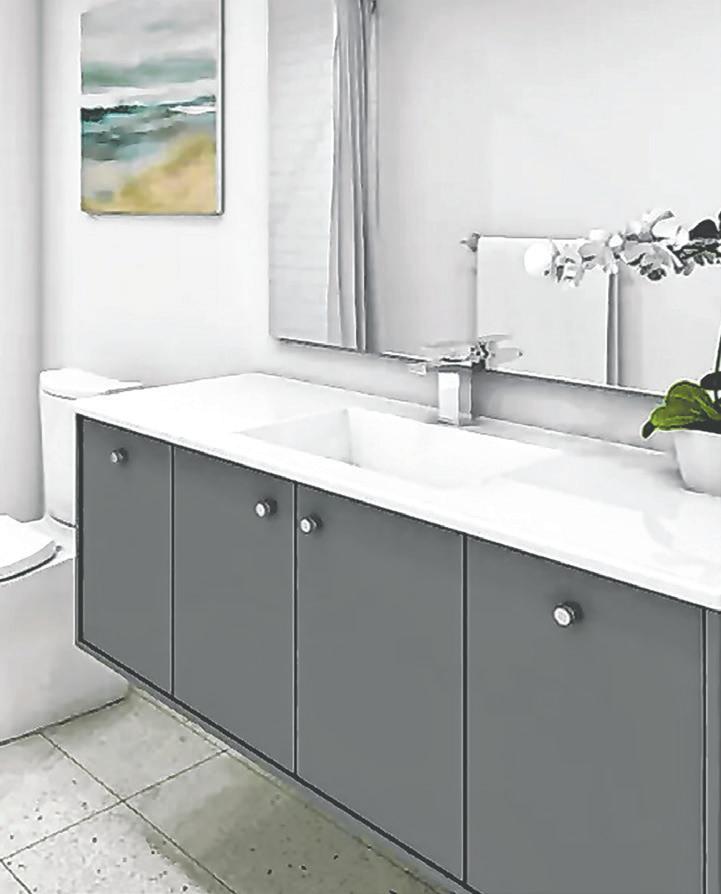
BUDGET PICK:
For an inexpensive upgrade that can still give the home a nice, clean look, Gruen recommended switching all fixtures to polished chrome. “I would always recommend doing polished chrome fixtures. So the finishes, they start with polished chrome and the prices kind of go up from there. Polished chrome is always going to be on-trend. It’s always popular, it’s never going to go out of style. It’s nice and neat looking. (A buyer) will come in and if they want to change it to gold or black or a different finish, they’re going to do that anyway, so if they’re just looking to do, you know, a moderately priced upgrade, I would say polished chrome finishes for sure.”
